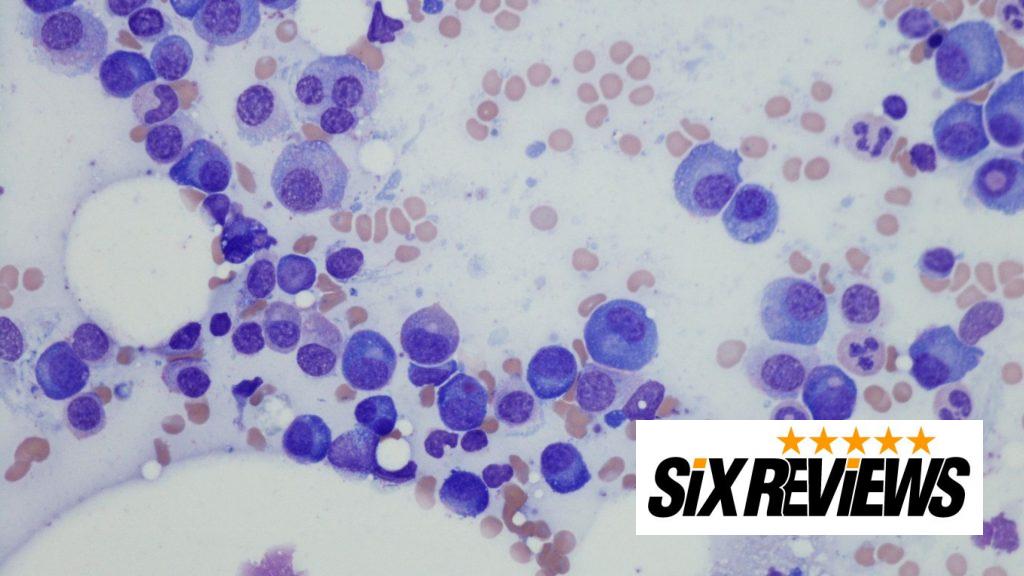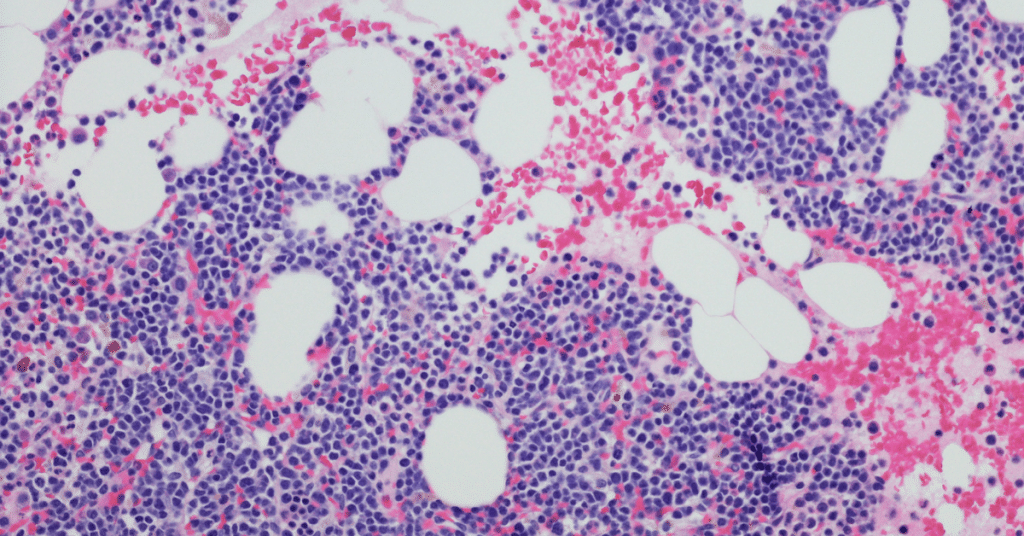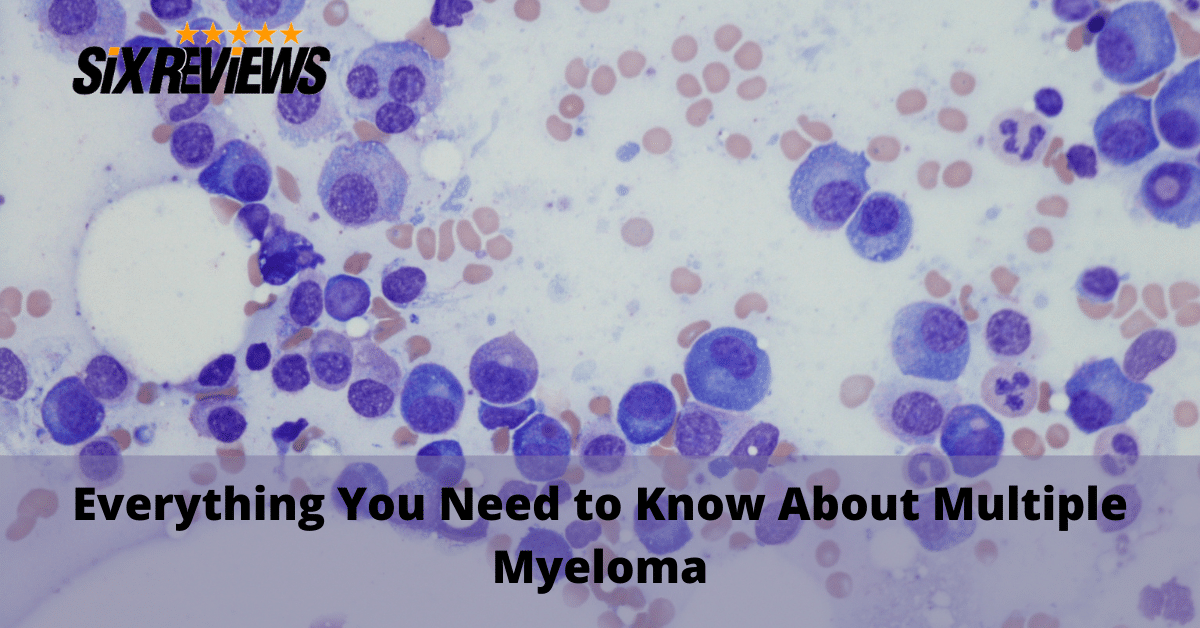Multiple myeloma is a relatively unusual disease that mainly affects the elderly, but everyone above the age of 60 is at risk. Read about the warning signs, how it’s diagnosed, and how to handle it to stay healthy.
Early Symptoms and Warning Signs
According to Healthline, multiple myeloma is a rare and lesser-known cancer that attacks your body’s plasma cells. [1] According to the American Cancer Society, this disease is most common in individuals above the age of 60. [2] Other characteristics that raise the chances include being African-American, male, and obese, but it can affect anyone.
Multiple myeloma symptoms vary depending on the stage of the disease. You may not have any symptoms at first, but as infected plasma cells multiply, patients develop symptoms such as:
- Pinched nerves
- Fatigue
- A weak immune system
- Pain in bones
- More bone breaks and fractures

How Do Doctors Diagnose it?
If you have any of the symptoms listed above, you should request a multiple myeloma test from your doctor. Unfortunately, unless you specifically request it, most routine medical tests and screenings do not cover cancer.
Multiple myeloma is diagnosed using four tests, according to the Mayo Clinic:
- A blood test that shows whether you have a low blood count
- X-rays, MRIs, and other imaging tests
- Tests that sample bone marrow, the place where the disease is usually found.
- A urine protein test

Treatment Options
There is currently no cure for multiple myeloma, and all available treatments aim to reduce physical pain and discomfort while extending your life expectancy as much as possible. According to the American Cancer Society, patients often live no more than five years after being diagnosed if life expectancy is not increased. [4]
Patients with this disease are frequently given powerful pain relievers such as fentanyl or morphine. These medications are highly addictive, and even worse, patients develop tolerance to them over time, necessitating dose increases.
Multiple myleoma patients can also take medications that target different proteins in the cells to extend their lives. The drugs reduce the number of damaged cells by killing a portion of them. Immunotherapy can also help to boost your immune system.
Chemotherapy is frequently recommended as a last-ditch effort to destroy cancer cells when multiple myeloma reaches its later stages. Chemotherapy, on the other hand, kills healthy cells and has serious side effects. A bone marrow transplant to repair the tissues affected by cancer is a safer choice.
Conclusion
Any senior should be mindful of the signs and symptoms of multiple myeloma. You will increase your life expectancy if you know the subtle warning signals of this frightening illness. Often, make sure you monitor your condition on a daily basis and notify your doctor if you have any odd symptoms.
Finally, you should be informed of the most recent scientific findings and recovery choices. The simplest way to do so is to conduct an online search and review choices before making a decision.
[1] https://www.healthline.com/health/cancer/multiple-myeloma-signs-symptoms
[2]https://www.cancer.org/cancer/multiple-myeloma/causes-risks-prevention/risk-factors.html
[3]https://www.mayoclinic.org/diseases-conditions/multiple-myeloma/diagnosis-treatment/drc-20353383
[4]https://www.cancer.org/cancer/multiple-myeloma/detection-diagnosis-staging/survival-rates.html

Amateur internet junkie. Coffee ninja. Extreme thinker. Music advocate. Tvaholic. Student. General twitter lover. Pop culture geek and food specialist. “Always wondered how it’s cool that Bruce Lee studied philosophy & poetry then applied it to something beautiful like punching people in the face.”

